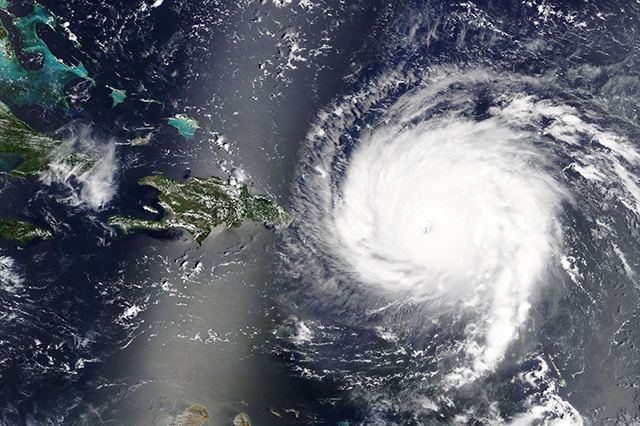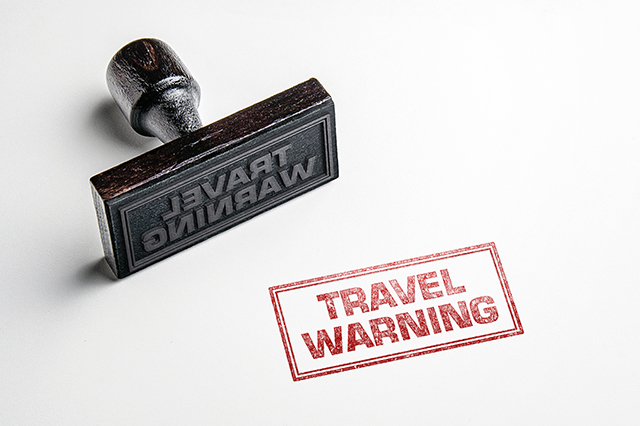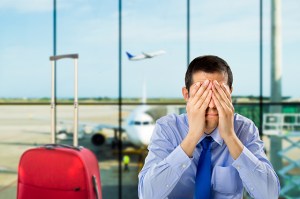There’s a lot to think about when you’re planning a trip abroad, from what you want to see and do when you get there, to the ho-hum arranging of flights, accommodations, rental cars and travel insurance.
Then you watch the news and you remember there’s a whole ‘nother layer of possibilities you, as a responsible adult, need to consider: Terrorism, hurricanes, unstable governments, demonstrations, typhoons, H1N1…
However unlikely it is that you’ll personally be affected by a political, environmental or epidemiological catastrophe, you may wonder: Does my travel insurance policy cover these kinds of things?

Travel advisories: warnings, alerts & health notices
If you’re traveling abroad – even if you’re going to a generally safe, tourist-friendly place like the Caribbean or mainland Europe – it pays to check in with Uncle Sam.
The State Department puts out Travel Warnings and Travel Alerts. The warnings generally cover ongoing dangers (unstable governments, frequent terror attacks); some countries, as you can imagine, have been on the list for years. Alerts tend to pertain to shorter-term issues, such as disease outbreaks or contentious political goings-on. The advisories may advise not going to a country at all, or exercising caution if you do. Search your destination on their Alerts and Warnings for details.
The Centers for Disease Control and Prevention put out similar warnings regarding health-related issues. Visit the CDC to search by country name or disease. (Advisories include health issues caused by flooding, earthquakes and hurricanes.)
Will travel insurance cover me if I head to one of these areas?
Short answer: That depends.
“Most standard ‘named perils’ policies consider terrorism to be a covered reason for canceling a trip,” writes travel insurance expert Christopher Elliott in Huffington Post. “But certain conditions must be met. The Event has to happen at your destination within 30 days of the day you’re scheduled to arrive. Also, you wouldn’t be covered if there’s been a terrorist event at your destination within a month of your plan’s effective date.”
In other words, you may be reimbursed for nonrefundable travel costs if an “event” happens within 30 days of your vacation; if one occurs and then you decide to get insurance, you will not be covered for a second incident. Timing is everything.
Two scenarios: one covered, one not
Confused? The examples below illustrate how timing matters.
1. If you’ve purchased travel insurance for a week in Paris and an attack occurs three weeks before your trip starts, you can call on the trip cancellation policy to get back your prepaid, nonrefundable costs.
2. If you planned for that week in Paris and decided to purchase travel insurance after that attack, and a second attack occurs before you leave—you couldn’t use the trip cancellation benefit because a terrorist incident had occurred within 30 days of your purchase.
Timing isn’t the only thing, though. You’ll find that for some areas—like the contentious regions you hear about on the nightly news—insurance is impossible to get. (Journalists, medical volunteers and other professionals in high-risk areas get special risk insurance [and security staffing] through their employers or project organizations.)
Financial protection from travel risks
Reading a travel insurance policy – the whole thing – isn’t anyone’s idea of a good time, but it’s the only way to know what is and isn’t covered.
Read the entire policy before signing off, and don’t hesitate to call the insurer directly with any questions. If you’re asking a specific question, ask where exactly on the policy it says what they’re telling you.
- In addition to checking in with the governmental warnings, take a look at traveler blogs and forums for your destinations. You can find excellent insights as well as smart precautions you may not otherwise have considered.
- Another good resource: International SOS’s Travel Risk map, a veritable hot spot “heat map” that illustrates medical and travel security risk ratings for every country.
- Purchasing insurance during hurricane season is a good idea; however, if the hurricane has already been “named,” it’s too late to buy. (It is no longer an “unexpected or unforeseen event.”)
- Note that our State Department doesn’t provide information about the U.S. Virgin Islands and Puerto Rico; to research them, simply visit other countries’ traveler advisory sites.
- Remember the lower-level cautions are just those; you should be aware and exercise caution. Just because a country is listed doesn’t mean the entire country is affected.
- Interesting note: We’re on other countries’ travel advisories, too, such as this one from the Aussie government: “The United States has more violent crime than Australia, although it rarely involves tourists. Mass shootings continue to occur in public places.”
Do you have your own story of traveling to a region where there was some kind of traveler advisory – an alert or warning? If so, how did you handle the planning and the insuring? Feel free to share your insights in the comments section below.
For all things travel-related, go to AAA.com/Travel.

















